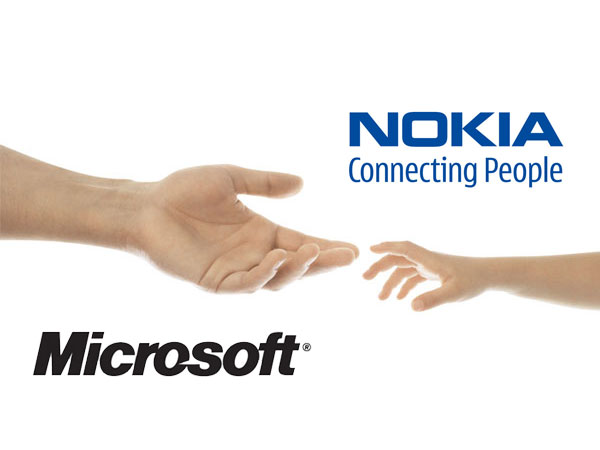
24 Nov Nokia bites the dust as Microsoft acquires Phone Giant
For years Nokia was the undisputed leader in the mobile phone category as it singlehandedly defined the cutting edge in mobile technology.
An Era has ended as Microsoft purchased Nokia for $7.17 billion. Nokia is selling essentially its entire phone business.
For Nokia, it’s a sad end for a company whose name used to be associated with some of the most cutting-edge and advanced handsets. The Nokia 5110, Nokia 9300 Communicator, Nokia 7280 “lipstick phone” , Nokia N95 and the reliable Nokia 3310 which launched in Nigeria at the start of our GSM revolution were just a few of the iconic phones from the company’s past.
Then Apple, Google and Samsung entered the picture, and Nokia soon trailed behind the competition. Nokia failed marketing first laws- the Law of Leadership. It never recovered.
In 2007, Nokia’s share in the smartphone market was 49.4 percent. By 2012, it was down to 4.3 percent. Ouch!
Microsoft’s acquisition of Nokia’s handset business has left a lot of people scratching their heads. But it shouldn’t be entirely surprising since emerging Nokia smartphones ran on windows 8 operating system in what was described as a symbiotic relationship, equally interesting is the leverage Microsoft now has as tries to flank undisputed market leaders Apple- Iphones and Samsung- Galaxy devices while keeping tabs on Google who also acquired Motorola in 2012.
The deal allows Nokia to license the brand instead of selling phones. Microsoft will continue to use the Nokia brand name on feature phones—i.e. non-smartphones—such as the Asha range.
With the margins on such phones razor-thin, what possible reason could Microsoft have for wanting to manufacture cheap phones that carry neither its name nor its Windows Phone operating system?
When examined closely it makes business sense. Feature phones sales are declining as people across the world switch to fancier devices. But not everyone can afford or even desires a smartphone. Though smartphone sales have started outstripping the older models, it is worth remembering that there are plenty of people still buying new feature phones with 210 million sold during the second quarter alone.
Nokia’s Asha phones remain a popular choice; they look like smartphones, connect to the internet – albeit using older, slower technology and, most importantly, allow their users to access services like Facebook, Google and Twitter. For a lot of people in the developing world, that is the internet. The acquisition of the mobile phone business provides entry into key growth markets. One of those is India, where the Nokia brand name still commands huge amounts of trust. With over 700 million subscribers, it is one of the world’s largest markets for mobile phones. It is also one where there is tremendous space for growth.
Nokia was once nearly synonymous with cellular phones, but who could have thought that a day will come where its name is not found on any new devices.
Nokia, which began by producing paper and rubber in the 1800s, is essentially exiting the mobile phone business that made it world-famous.





No Comments